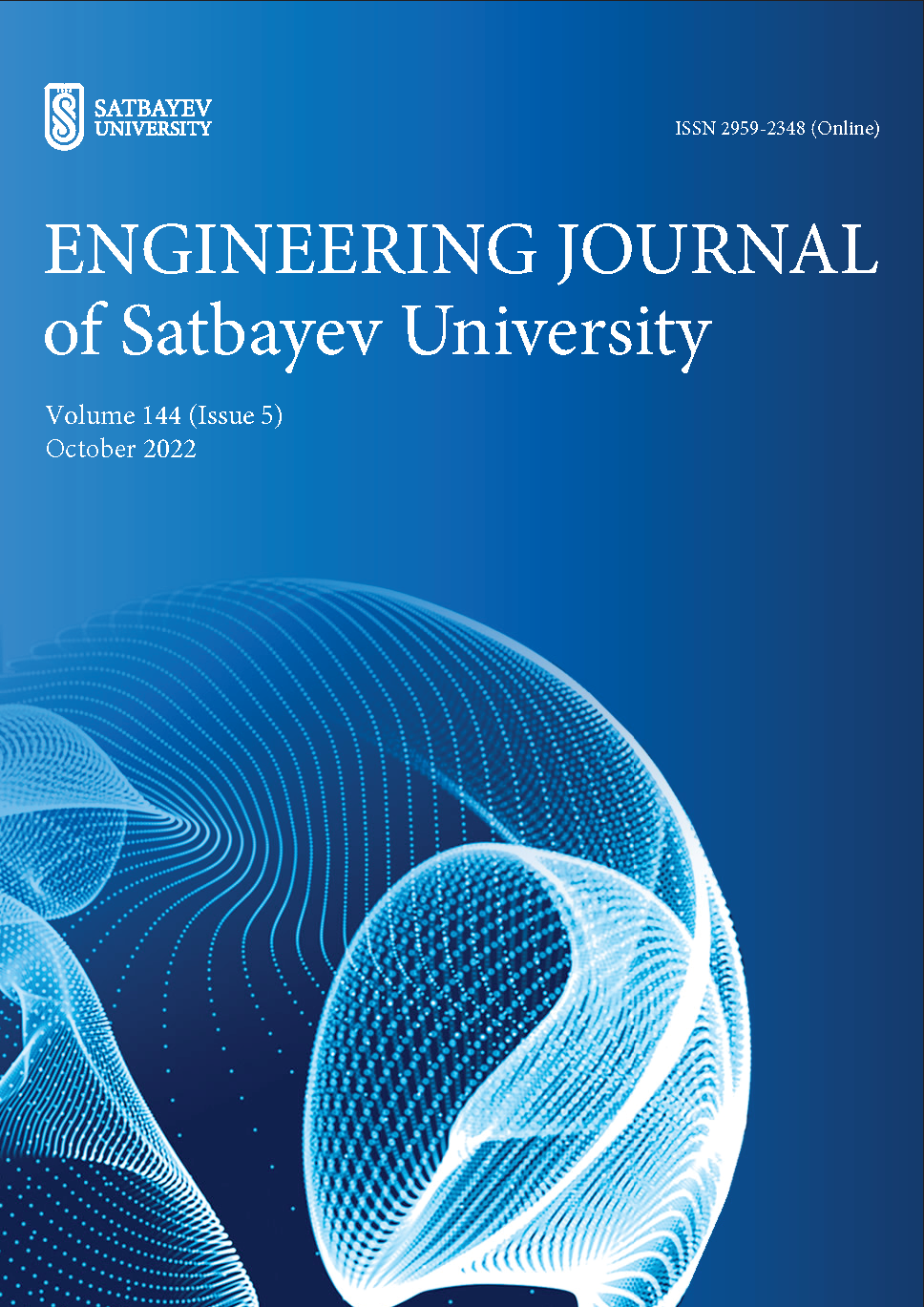Aminocarboxylate corrosion inhibitors of carbon steel in tap water
DOI:
https://doi.org/10.51301/ejsu.2022.i5.02Keywords:
aminocarboxylates, inhibition, corrosion, metal protection, inhibitory effect, corrosion rate, dicomponent corrosion inhibi-torsAbstract
The article presents the investigation results of the anti-corrosion activity of two-component aminocarboxylate systems based on organic acids and amines in tap water relative to steel ST3SP2-GP2. 126 systems obtained from 9 organic acids and 14 amines at concentration of 1·10-3 mol-1 were tested. Investigation was performed with steel specimen weight loss assay. It has been found that such systems have a wide range of protective effectiveness. A number of dependencies of the protective effect on the type of compounds used to obtain anticorrosive compositions have been revealed. Both aromatic and aliphatic acids and amines were tested in this work. Among them, mono-, di-, and tribasic acids, as well as amines with one and two amino groups, including N, N-substituted ones, have been also studied. The concentration dependence of the rate of inhibitors has been studied. Corrosion protection using inhibitors is one of the most promising methods that have found application in world practice. Corrosion resistance caused by inhibitors is the result of physical and chemical adsorption of ions and molecules of organic substances on the surface of metals. Various types of organic compounds are widely used as corrosion inhibitors to protect materials. The most effective inhibitors used in industry are organic compounds, which mainly contain oxygen, sulfur and nitrogen atoms and have numerous bonds in their molecules, due to which they are adsorbed on the surface of metals.
Downloads
Published
How to Cite
Issue
Section
License
Copyright (c) 2022 Engineering Journal of Satbayev University

This work is licensed under a Creative Commons Attribution-NonCommercial-NoDerivatives 4.0 International License.
<div class="pkpfooter-son">
<a rel="license" href="http://creativecommons.org/licenses/by-nc/4.0/"><img alt="Creative Commons License" style="border-width:0" src="https://i.creativecommons.org/l/by-nc/4.0/80x15.png"></a><br>This work is licensed under a <a rel="license" href="http://creativecommons.org/licenses/by-nc/4.0/">Creative Commons Attribution-NonCommercial 4.0 International License</a>.
</div>





